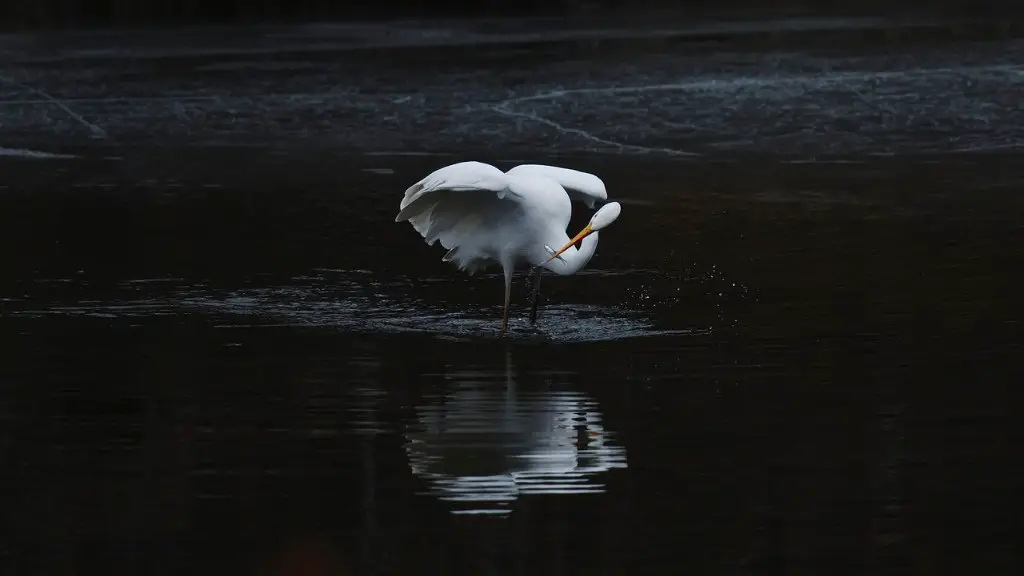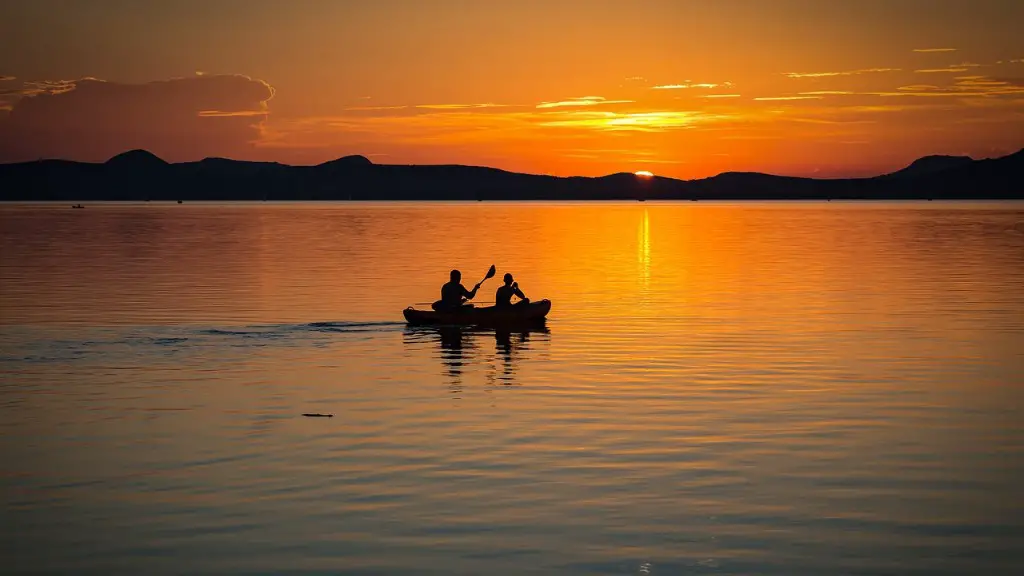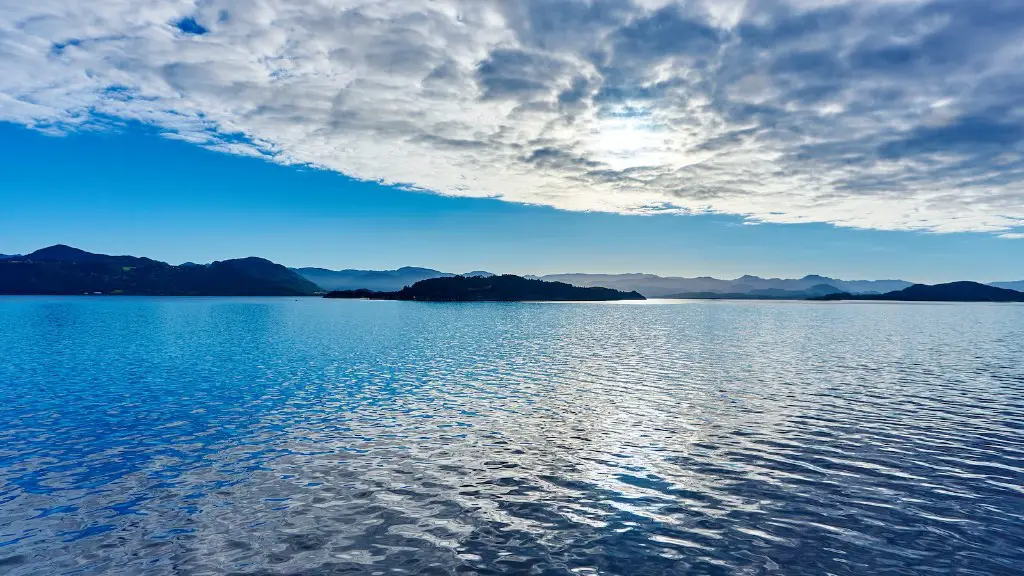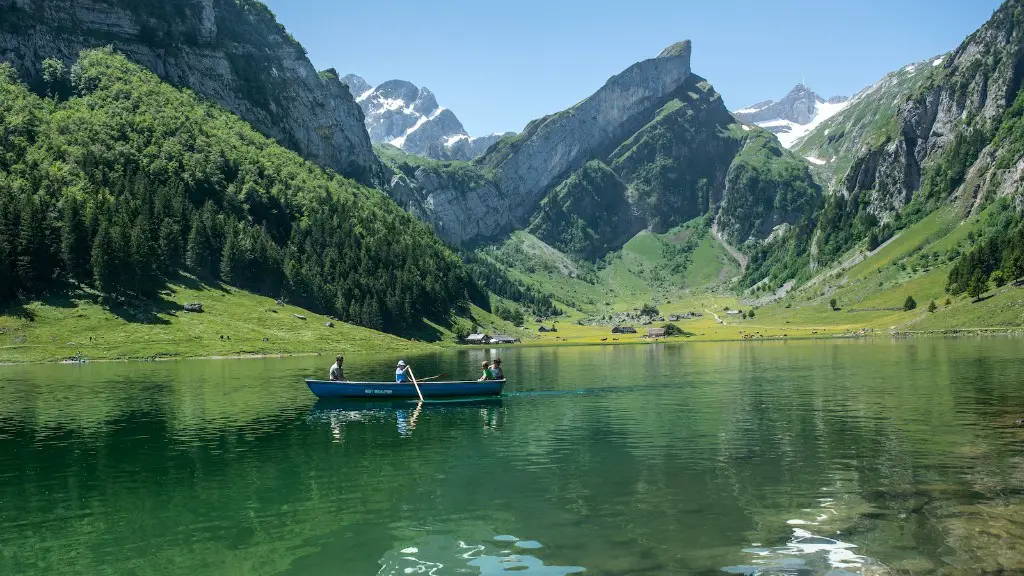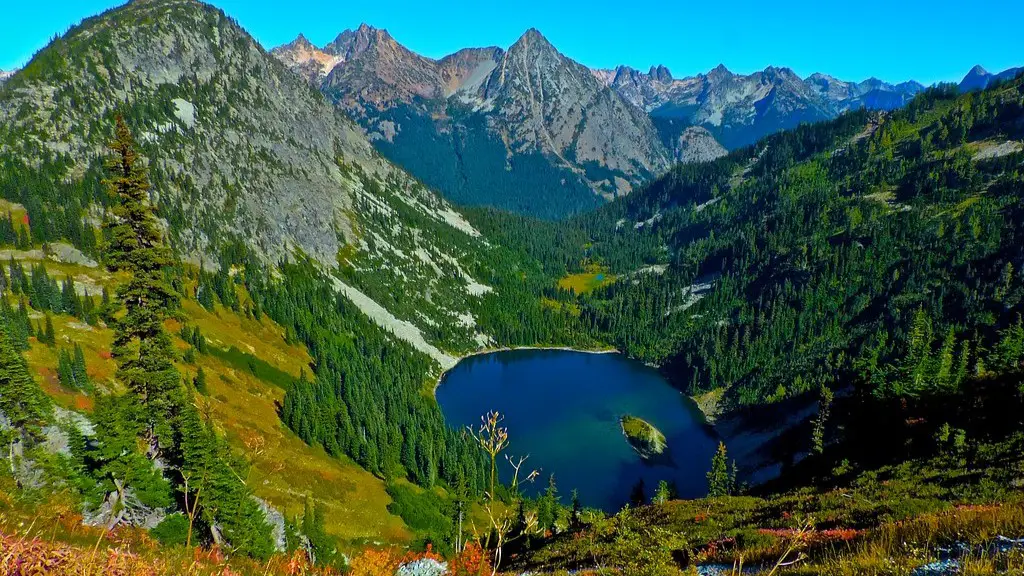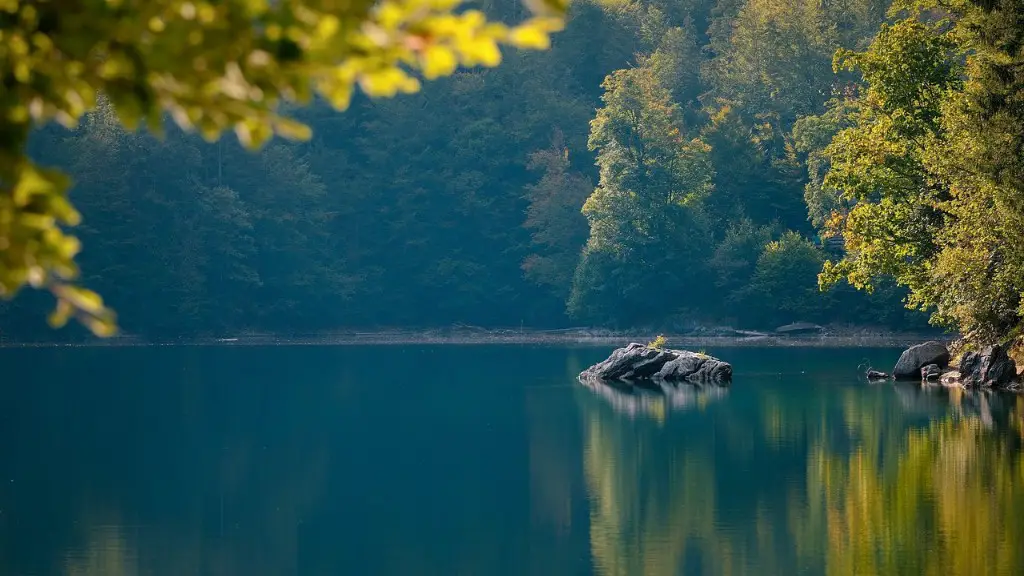Crater Lake is the deepest lake in the United States, and one of the deepest in the world. It is located in southern Oregon, in the caldera of Mount Mazama. It is a popular destination for tourists, who come to see its blue waters and scenic views.
But what would Crater Lake look like without water?
The caldera of Mount Mazama is about 7,000 feet (2,134 meters) deep. Without water, it would be a massive hole in the ground. The steep walls of the caldera would be exposed, and the views from the rim would be of a vast, empty pit.
The lack of water would also have a major impact on the local ecosystem. The plants and animals that live around Crater Lake rely on the lake for their survival. Without it, they would perish.
So while Crater Lake is a beautiful sight with its blue waters, it is also a vital part of the local environment. Without it, the landscape would be dramatically different.
Devoid of water, Crater Lake would be a lifeless landscape of porous rock and fine dust. The caldera would be visible as a large, deep basin with steep walls.
How long did it take for Crater Lake to fill with water?
Crater Lake is one of the most beautiful natural wonders in the world. Its caldera-forming eruption occurred 7,700 years ago, and the lake has been slowly filling with water ever since. Estimates of the filling time range from 420 to 740 years, based on precipitation rates. No matter how long it took to fill, the result is a stunningly clear blue lake that is a must-see for anyone lucky enough to visit.
The long history of volcanism at Mount Mazama, the volcano that houses Crater Lake, suggests that this volcanic center will be active in the future. Future eruptions will likely occur within the caldera and probably beneath the water’s surface. While there is no immediate threat to public safety, it is important to be aware of the potential for future eruptions and to take steps to prepare for them.
What would happen if Crater Lake erupted
Eruptions in deep water are less likely to be explosive or affect areas around the rim. The largest explosions could produce pyroclastic surges, hot, rapidly moving clouds of gas and ash, which could move out a few miles from vents along the margin of the lake.
The discovery of colonies of moss and bacteria living at the bottom of Crater Lake perplexes researchers because almost no nutrients are at the bottom of this nearly 2,000-foot lake, yet these organisms are thriving. One possible explanation is that the organisms are living off of the remains of plants and animals that have fallen into the lake. Another possibility is that the organisms are getting nutrients from the rocks at the bottom of the lake. Further research is needed to determine how these organisms are able to survive in such an environment.
Is the water in Crater Lake drinkable?
The park’s water claim for the lake is for the preservation and protection of all natural habitats and the conservation of scenery. It is not for human consumption. The water in the lake is not safe for people to drink, and there are no public water fountains or restrooms in the park. Please help us keep the park clean and safe by not consuming the water in the lake.
Crater Lake is a very deep lake that is located in Oregon in the United States. It is one of the deepest lakes in the world and is also one of the most beautiful. The lake is surrounded by cliffs and is a stunning blue color. The lake is fed by rain and snowmelt and does not have any outlets. This means that the water in the lake is very pure. Crater Lake is a popular tourist destination and people come from all over the world to see it.
When was the last time Crater Lake exploded?
Crater Lake is a beautiful and serene place, and it’s amazing to think that it was created by a volcanic eruption nearly 5,000 years ago. The last known eruption at Crater Lake occurred when a small lava dome erupted underwater on the east flank of the base of Wizard Island. Since that time, the volcano has remained quiet, allowing as much as 30 m (100 ft) of sediment to accumulate on the lake bottom. This sediment has created a unique environment for organisms to thrive in, and it’s one of the reasons why Crater Lake is such a popular destination for scuba divers.
Crater Lake is the deepest lake in America and is famous for its beautiful blue color. The lake’s water comes directly from snow or rain, with no inlets from other water sources. Crater Lake is a popular destination for both tourists and nature enthusiasts alike.
Is Crater Lake a super volcano
Crater Lake is an absolutely stunning sight. It is the deepest lake in the US and is known for its clear blue waters. It is located in the state of Oregon and is a popular destination for tourists. The lake was formed by the collapse of an ancient volcano known as Mount Mazama and its largest eruption was about 7,700 years ago. It is truly a wonder of nature and is definitely worth a visit if you are ever in the area.
Crater Lake is a beautiful place to visit, but people should be aware that it is one of the snowiest places in America. Given the extreme winter season, there are only a few months when people can swim in Crater Lake. Usually, visitors can swim from June through September.
Is Crater Lake an asteroid impact?
An impact crater lake is a lake inside a depression caused by the impact of a meteor. It is also known as an annular lake in cases where the water body is shaped like a ring. Impact crater lakes are found all over the world, with some of the more notable ones being Lake Kaali in Estonia, Lake Lappajärvi in Finland, and Lake Siljan in Sweden.
If you want to explore further, follow the crowds across the road and to the top of the trail. From there, you can descend 700 feet in just over a mile to the shores of Crater Lake—the only place in the park you can legally and safely get down to touch the water.
Is Crater Lake deeper than the Great Lakes
Crater Lake is the deepest lake in the United States and is also known for its beautiful blue waters. The lake is located in Oregon and has a maximum depth of 1,949 feet. Crater Lake is a popular destination for hikers and campers who enjoy its scenery and its many outdoor activities.
The stocking of fish in Lake Tahoe began in the late 1800s in an effort to promote recreation and tourism in the area. Seven different species of fish were introduced, but only two of them – kokanee salmon and rainbow trout – have thrived in the lake. Today, it is estimated that the lake supports approximately 60,000 of these fish. While this is a much smaller number than the original stocking, it is still a significant population that contributes to the lake’s ecosystem.
Has anyone dived to the bottom of Crater Lake?
The team of five scientists used a mini-submarine called ‘Deep Rover’ to make 24 dives to the bottom of the lake. They found strange ‘blue pools’ and bacteria colonies. They also measured the warmest water ever recorded in the lake.
Crater Lake National Park is home to the cleanest, clearest large body of water in the world. The website LiveScience reports that Crater Lake has the cleanest, clearest water in the world. So if you’re looking for a place to enjoy some beautiful, clear water, look no further than Crater Lake National Park!
Final Words
The crater lake would look like a very large and deep hole in the ground. The sides of the crater would be steep and there would be no water at the bottom.
Without water, Crater Lake would be a barren and lifeless place. The beautiful blue water that surrounds the island would be gone, leaving only a vast expanse of empty space.
